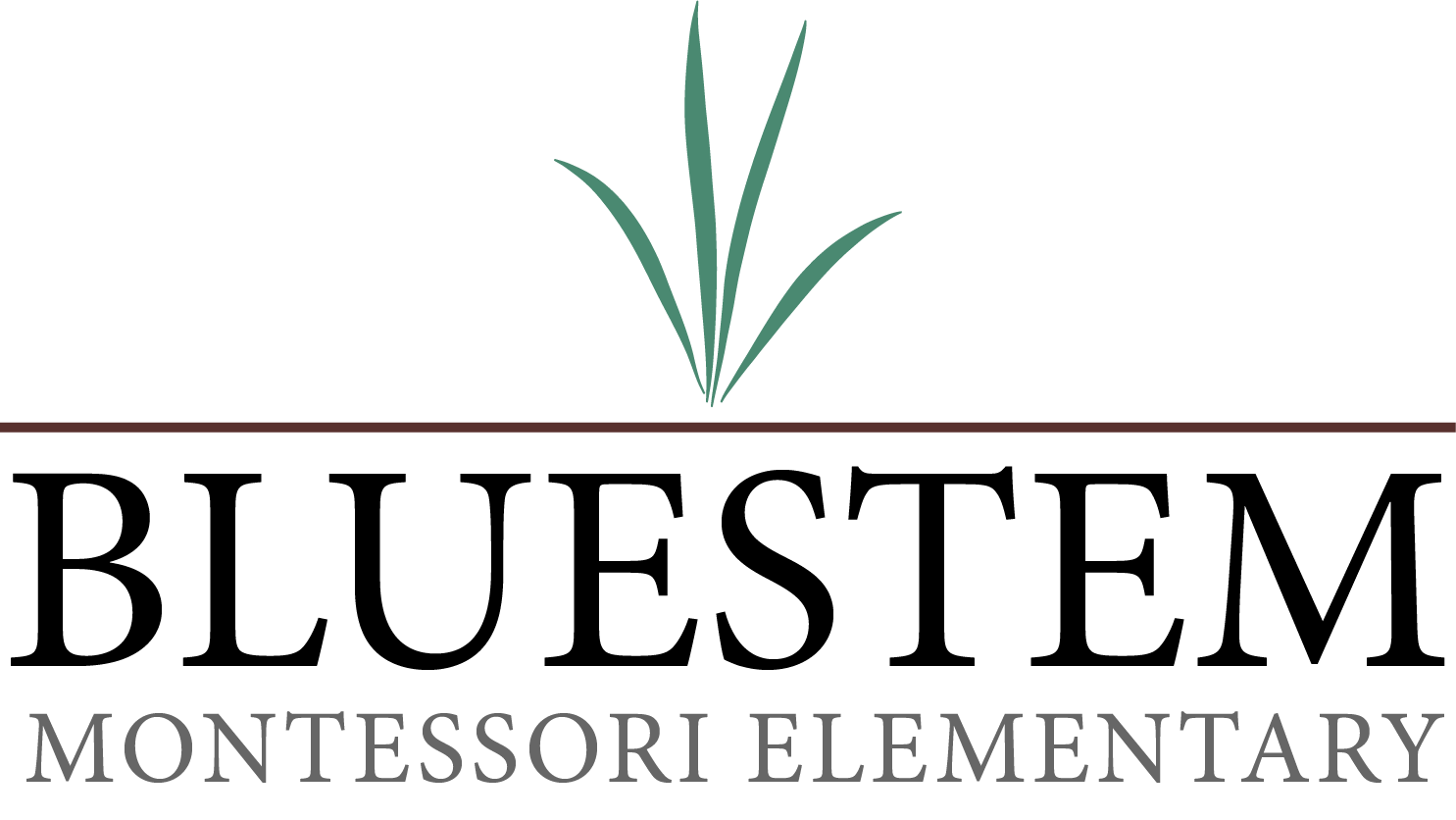Technology at Bluestem

Today I want to talk about something that is less commonly found in Montessori classrooms: technology. The use of technology and computers in Montessori schools can be controversial - some Montessori schools tend toward the Waldorf view that children should be exposed to computers as little as possible. At Bluestem, we take the opposite view.
Partly this comes from our own backgrounds. Our Board Treasurer (and coincidentally my husband) is a computer programmer, and many of our volunteers work with computers and technology in their own work and research. I grew up in a very technologically centered household myself, and loved to program our robot dog, Spotbot, to do tricks.

Further, as parents many of us have seen that our kids are more comfortable with technology than we are - or at least, than we were at their age. My own children enjoy coding lessons with their dad. Children today are born into a world where computers are a part of the fabric of our society, and to pretend otherwise seems retrogressive. We believe that computers are an integral part of life, and that children should be taught to navigate them and use them.
However, our dedication to technology in the classroom goes beyond a practical admission that we live in a technologically dependent society. We believe that, had Maria Montessori lived today, she would have integrated computers - and specifically coding - into her schools. Indeed computer coding and the Montessori Method go wonderfully together. Coding is self-checking, self-paced, and independent work. Pedagogically, it is flexible enough to be integrated into a number of other subjects, and it can be adapted to different learning styles and levels easily. We are hardly the first to realize that Montessori and computers can go together; Salman Khan of the Khan Academy believes that “Maria Montessori would be pretty excited if she saw what was going on” in his program, which includes lots and lots of coding.
So what will this look like? First, let’s talk about what it WON’T look like. This will not be computer games disguised as learning. We are also not looking to in any way replace manipulative engagement with computers. We are exploring a thoughtfully integrated curriculum, where computer literacy fits in as seamlessly as geography and reading comprehension.
Here’s what we have in mind:
- We want our kids to learn the basics of using a computer. Keyboarding, using a word processor, and graphing can all be easily integrated into our day. Indeed we can have some basic lessons on this, and these lessons can be reinforced by simply using a computer to do other work (creating a graph for a project, typing a report, that sort of thing). Again, it's important to emphasize that I do NOT mean using a computer to learn (math facts, spelling words, etc) - I mean using other learning to reinforce computer lessons.
- We want our kids to learn coding. Actually a lot of this does not require a computer to start. Kids will begin learning coding by learning about logic and sequences, which can be easily integrated into shelf work. One of our volunteers has already begun the task of taking the wonderful book Hello Ruby and turning the coding exercises into Montessori shelf work. From shelf work, children can progress to work on a laptop or tablet to write their own code. We have even thought about buying a raspberry pi, or whatever technology has moved on to by next year, to let our kids learn on hardware as they progress. This is another area where the benefits go both ways - not only are we teaching kids coding, but the skills they learn in coding (logic, sequential progression, models, etc.) are highly transferable and useful in other areas.
- We want our kids to learn how to effectively research online. We want to teach them how to evaluate their sources and find reliable information. This is a life skill that will be increasingly important, and we want to give our students a start so that they go into middle school already able to navigate the internet responsibly.
- Educational supplements. We are most wary of this use of computers in schools, simply because it tends to be over utilized, but we have not ruled it out. For example, we have toyed with the idea of having a Rosetta Stone program or something similar to introduce a language to the children that we couldn’t otherwise offer.
In addition to designing our own shelf-work and lessons, there are a number of wonderful programs that we can use to integrate computer literacy into our classroom. Khan Academy, the Hour of Code, code.org, and MIT’s App Inventor are all resources our students can use in their education - and it goes without saying that new resources come out all the time in this field, and this is a VERY abbreviated list of what's out there now! There are so many wonderful ways to integrate technology into education, and this is not surprisingly a continually growing field of research. We are really excited to embrace computing at Bluestem Montessori. We hope that you are too! If you would like to help us with this work, we would love your input. You can contact us here with your brilliant ideas!
Until next time,
Laura
